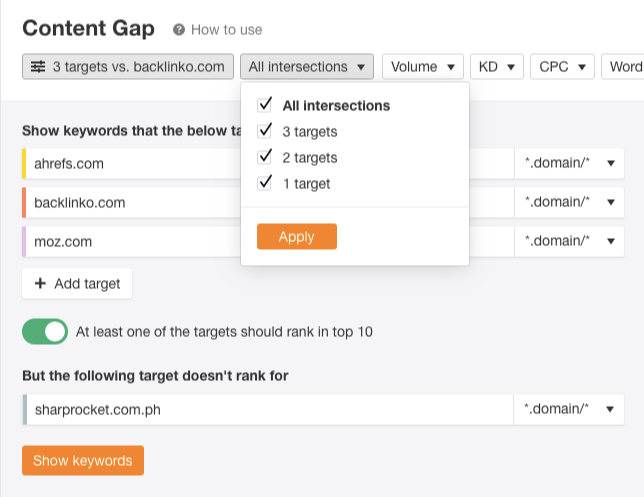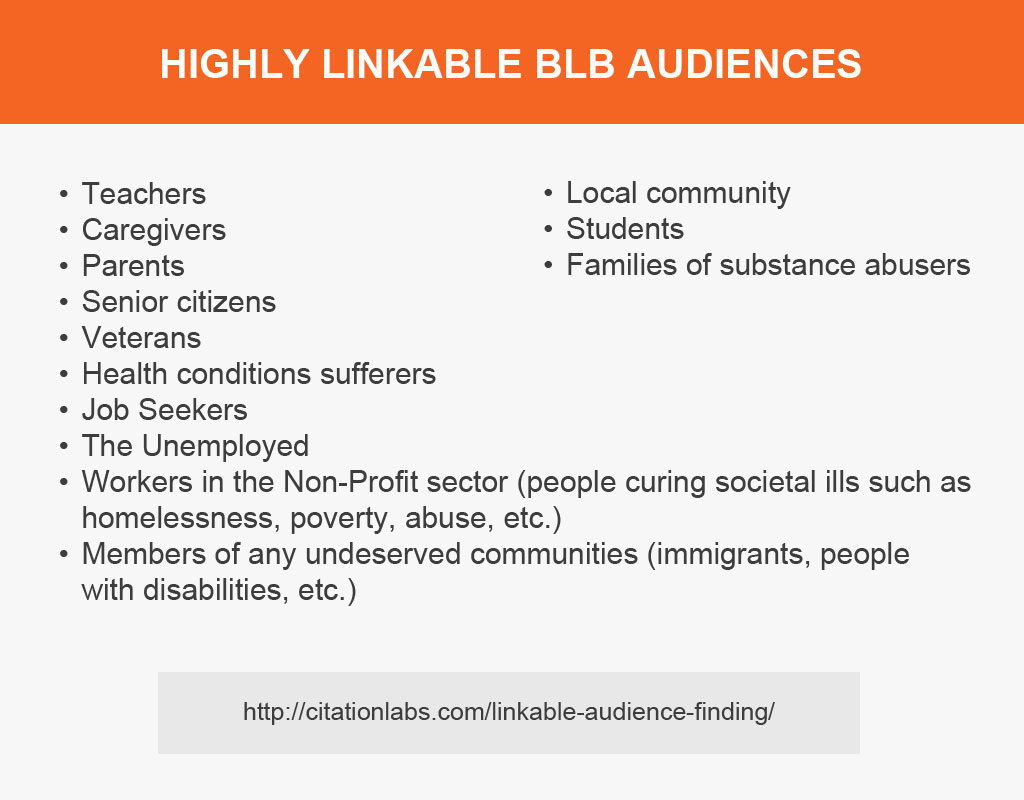by Venchito Tampon Jr | Last Updated on July 5, 2023
A good link building strategy is built on getting links from multiple relevant referring domains and earning repeated links from the same domain.
It’s not that difficult to get links from different websites, but one that’s often a challenge for link builders is making sure you deserve to get backlinks from the same website.
A small study conducted by Ahrefs found that 79.23% of referring domains link to the same website multiple times. This means that it’s natural to have multiple links from the same website.
It’s natural and beneficial for your brand to have recurring links. A few notable reasons shared by Ahrefs are:
- Increase the authority of your webpages
- Get links to more pages
- Get more referral traffic
- Build links more easily — as most SEOs are more focused on getting links from several unique websites than from several similar websites
This is a challenge for SEOs conversing with their dear clients, as they’re mostly getting paid (for link building agencies) for the number of links delivered each month.
For enterprise link builders, affiliate SEOs, and online entrepreneurs who own web properties, you can leverage your efforts on getting authority organic links from referring domains.
The end result may be as organic as it may seem, but the process of execution may require some manual labor for SEO teams.
Today’s post cover ways to build more links from the same website.
How to Build More Links from the Same Domain
1. Content Partnership in Building Mutual Trust
It’s easy to dive into the next big link building strategy, but oftentimes what works in getting repeated traction is the same old link building techniques.
One, in particular, is guest blogging. Contributing content for other blogs must be high-authoritative blogs that your target audience engages in.
A more granular and effective approach to doing so is what we call content partnership.
Here, you’re not just looking for a one-time contribution to your written article but pursuing a mutual collaboration for a content asset both of you will benefit from.
This isn’t something you can scale easily. You have to build mutual trust along the process of executing content partnerships.
Start by making sure you have the authority in place in your place. Do you have content pieces that have massively gained traction for the past months or years?
If the content creator or publisher you’re reaching out to doesn’t see any value in your content pieces published on your blog, he/she would likely hesitate on the collaboration.
There must be expertise seen in your created content pieces. Reach out to targeted linkers to gain links from different authoritative websites. Here are some resources you can check out to learn how to create content assets that get links:
- 5 Linkable Assets Examples
- What is Evergreen Content and How It Works
- How to Use Content Inventory For Effective Link Building
Once you’ve established content authority on your website, reach out to a few targeted publishers you think can collaborate with you for content assets.
It is best to look for any content gaps in someone’s publishing works to gain their attention once you pitch your request quickly.
You can use Ahrefs’ Content Gap feature to discover topics and keywords these publishers haven’t targeted yet for their content.

Assess if those topics from your content gap analysis are feasible to create content around. Do you have enough resources to write up the content? Are any practitioners in your team who can research and write the information? Or else, is there a way to hire industry practitioners who are into writing for niche publications?
Another tip is to pursue a visual-driven approach in content partnership. If your target publisher has solid data with content, it would be beneficial for them to format it so that people would visually consume the information instantly.
This means you offer your graphic design capabilities to create a better version of the content.
Find ways to keep your content partnership strong. Offer resources from your team. Be engaged.
B. Brand Excellence in Getting Recognition
Another way to get links from the same domain is to put excellence as your top priority.
This may sound cliche, but some publishers have annual awards for brands and personalities performing well in their industries.
Metrics for awards vary depending on their industry, but this is a good opportunity to get multiple links consistently from the website.
Start with putting out content assets on your blog that get attention from your target audience.
One advisable way is to establish a brand ambassador for your website. He or she will serve as your content performer to different publications, answering questions in interviews and making sure your brand is at the top of your mind for specific brand topics.

Essentially, it would require the person to be a practitioner to craft better answers to interviews and engage the community in question-and-answer sites (e.g. Quora) and niche forum discussions.
C. Linkable Asset Creation in Organic Link Building
Organic link acquisition requires your content to meet the needs of a targeted group of linkers.
We’ve covered so many times here in our link building blog this idea of targeting linkable audiences with content.
Yet I’ve seen many brands struggle to intersect audiences with their content themes. Oftentimes this happens for sites with very narrowed audiences. It’s not surprising not to be able to find groups to target in our list of linkable audiences.

If this happens, you can check niche bloggers and publishers as your target linkable audiences.
Start surfacing your competitor’s way of doing linkable asset creation. Are there any related audiences that’ve succeeded with content targeting that you can replicate to your blog?
Here are some resources you can check out on persona profiling for content creation:
- Quick and Dirty Guide for Creating Actionable Content Marketing Personas
- Buffer’s Complete, Actionable Guide to Marketing Personas
Establish Authority for More Recurring Links
Just like anything else, there is no hit wonder in getting links from the same domain. Mutual trust, recognition, and an organic approach to content creation are key factors in making your link building successful.
Start with the right resources and build a flywheel effect on it over time.
Links From The Same Domain Frequently Asked Questions
Which links lead to different pages on the same domain?
Internal links are an essential SEO strategy that connects different pages within the same domain. These links improve website navigation, aid search engines in understanding the content hierarchy, and distribute link equity. Use internal links to enhance user experience and help search engines crawl and index your website effectively.
What is an example of a backlink?
An example of a backlink is when a popular blog site links to relevant content on another website. These website backlinks can be found online, often in articles that reference and link to other sources. Backlinks are crucial in improving a site’s search engine rankings and driving organic traffic.
What does linking domains mean?
Linking domains refer to websites that have external links pointing to your site. The number of linking domains indicates the total count of unique websites linking to you. Even if a single domain, such as Pinterest or Wikipedia, has multiple backlinks to your site, it will only be considered one linking domain.
When it comes to links is it better to have a lot of links from different websites or a lot of links from one website?
It’s generally more advantageous to have 100 links from separate websites rather than 1,000 links from a single website. Our search engine ranking correlation research showed that the number of unique linking sites (not the total backlinks) had the strongest correlation with Google rankings. Focus on acquiring diverse backlinks for better results.
The Author
Venchito Tampon Jr
Venchito Tampon is a Filipino Motivational Speaker, Corporate Trainer, and a Leadership Speaker in the Philippines. He is the CEO and Co-Founder of SharpRocket, a link building agency. With a decade of experience, Venchito has a proven track record of leading hundreds of successful SEO (link builidng) campaigns across competitive industries like finance, B2B, legal, and SaaS. His expert advice as a link building expert has been featured in renowned publications such as Semrush, Ahrefs, Huffington Post and Forbes. He is also an international SEO spoken and has delivered talks in SEO Zraz, Asia Pacific Affiliate Summit in Singapore, and Search Marketing Summit in Sydney, Australia. Check out his other businesses, Hills & Valleys Cafe, Blend N Sips and Saas Pursuit.
How our LINK BUILDING AGENCY builds 250 links/mo consistently using Predictable Link Building Methodology™…
- Using a SIMPLE and PROVEN system
- Using a SCALABLE strategy
- No private blog networks
- No creepy outreach emails
